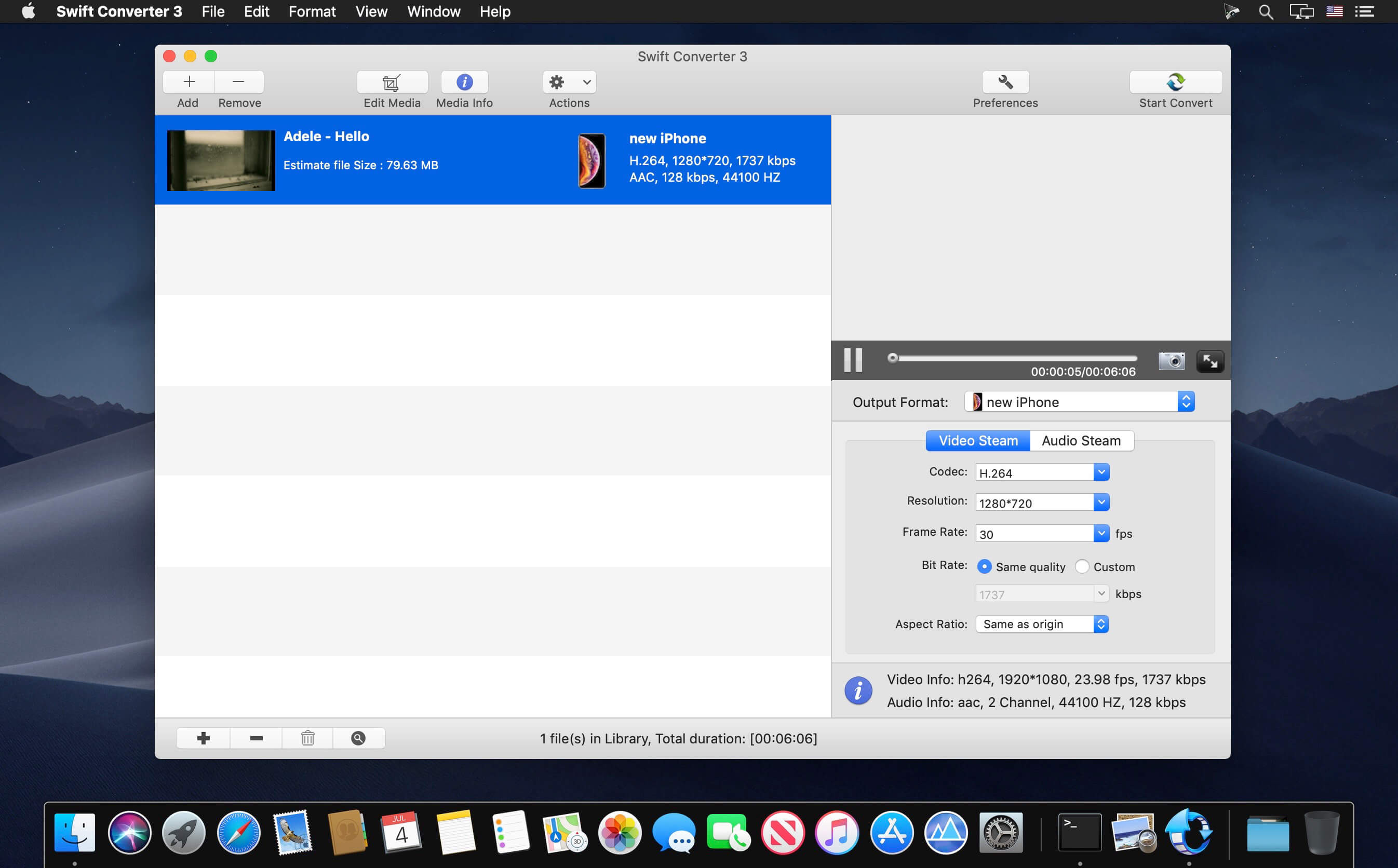

Although the converter helps with the mechanics of identifying and applying potential modernizations, it doesn’t interpret the semantics of your code. Xcode provides a modern Objective-C converter that can assist you during the modernization process. Preparing Your Objective-C Code for Migration Use these tools to explore Swift’s extensive functionality and integrate it back into your existing Objective-C app without having to rewrite the entire app in Swift at once.

Interoperability makes it possible to integrate the converted code back into the an Objective-C project with no hassle. Swiftify simplifies the process of translating the syntax from Objective-C to Swift. For a straightforward, incremental migration of an app, you ’ll be using Swiftify (in particular, the Swiftify Xcode & Finder Extension) plus interoperability (available natively in Xcode). Migration provides an opportunity to revisit an existing Objective-C app and improve its architecture, logic, and performance by replacing pieces of it in with Swift.


 0 kommentar(er)
0 kommentar(er)
